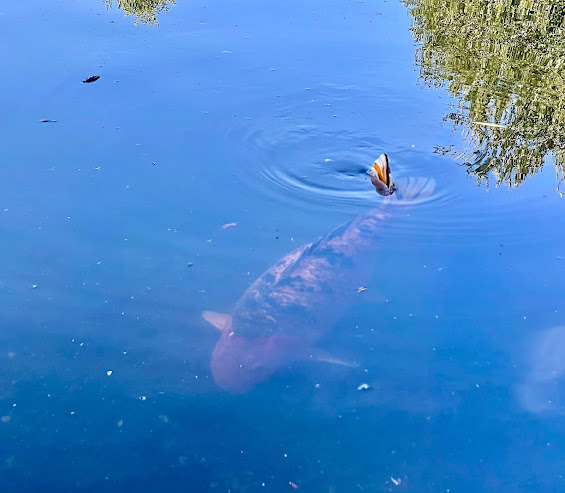When the well is dry, we know the worth of water.-Benjamin Franklin
Drought is insufficient rain for an extended period of time resulting in ground water and streamflow reduction, crop damage and depletion of soil moisture. It occurs when evaporation and transpiration exceed precipitation for a considerable period. Drought threatens agriculture and biodiversity in every part of the world. There are 4 kinds of drought:
1) Permanent drought is a characteristic of driest climates. In such regions, doing agriculture is impossible without continuous irrigation.
2) Seasonal drought occurs in areas that have defined rainy and dry seasons. Here, farming must be planned so that the crops develop during the rainy season.
3) Unpredictable drought is usually brief and due to rainfall failure.
4) Invisible drought occurs during summer when high temperatures induce high rates of evaporation and transpiration. Even frequent showers may not supply enough water to restore the amount lost.
Drought affects the environment and biodiversity in several ways such as:
- Creates scarcity of food and drinking water
- Increases the risk of diseases due to reduced food and water supplies
- Change in migration patterns of wildlife
- Increase in soil erosion by wind and water
- Lowers water levels in reservoirs, lakes and ponds
- Habitats such as wetlands and grasslands are destroyed
- Increases the risk of wildfires
- Reduces the soil quality
This post is part of Blogchatter's CauseAChatter





Oh, water crisis is a nightmare indeed
ReplyDeleteRightly said Prasanna. Thank you for the comment. :)
Delete